Choosing the Right Cabinet Materials and Styles
Topic:
Home Design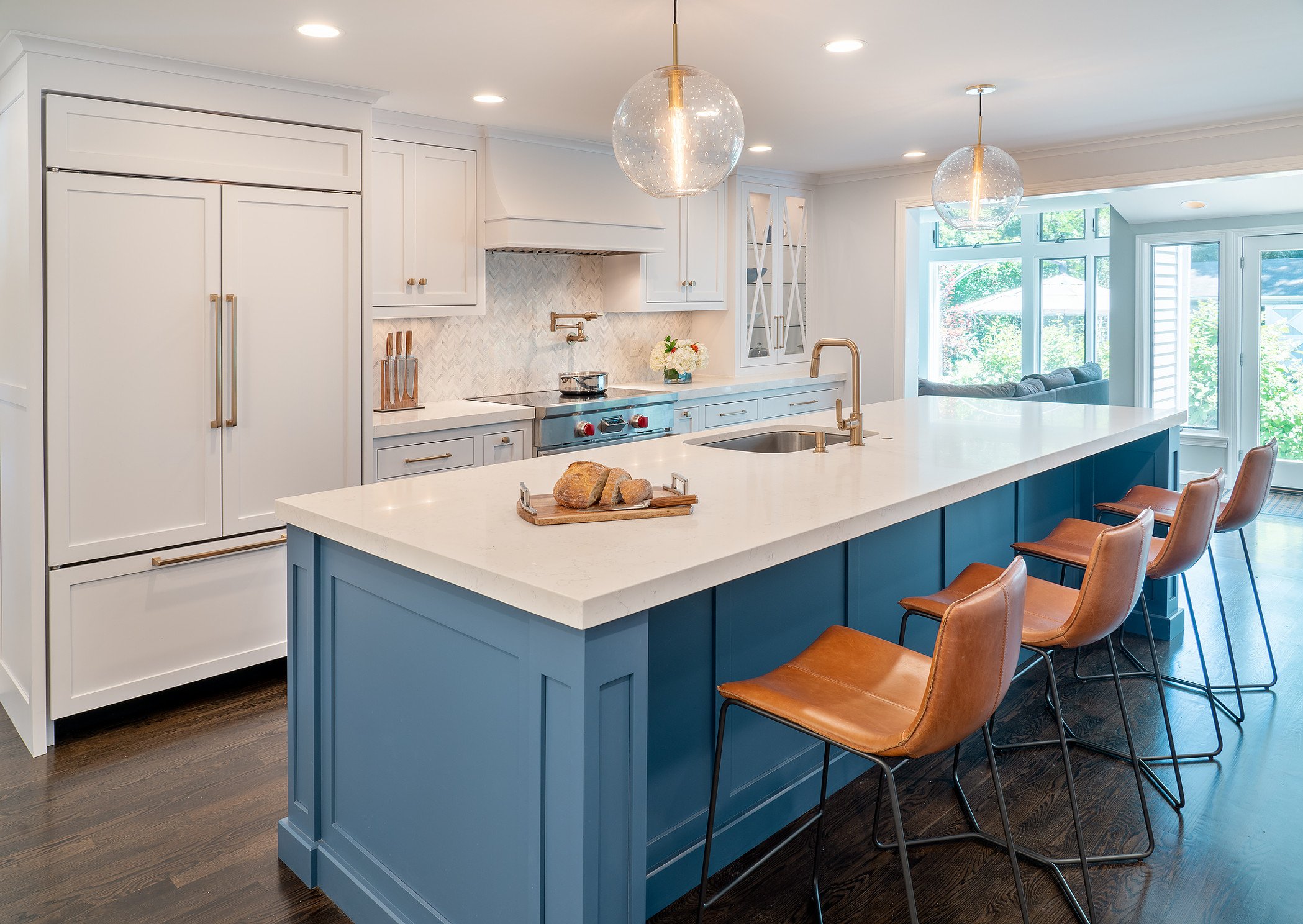
In a previous post, I shared in some detail what goes into the construction of cabinets. How can you make sure you are choosing the right materials for the style of cabinet you are looking for? What materials go into a cabinet, whether custom, semi-custom, or mass produced?
From a visual perspective, it all starts at the door front with a plethora of styles and materials to choose from. Beneath the door can be a face frame or a frameless cabinet. Beneath these exterior pieces is a box — the heart of any cabinet. When it comes to style, the sky's the limit. You can go for more conventional and timeless styles, or push the boundaries a bit — or even a lot.
Here’s the spoiler: From the perspective of a custom cabinet maker, nothing beats a high-quality plywood box as a base for construction, followed by a solid wood door and face frame. But you’ve got many options within and beyond those parameters. It all depends on where you will be placing the cabinets and your overall budget.
Choosing the Right Wood
A custom cabinet maker will choose cabinet wood based on whether the finish will be paint or stain. If the cabinets are painted, the maker will avoid oak — which has porous grain that looks great with a stain, but not so much with paint. Ash is another wood variety to avoid with painted cabinets for the same reason.
If you opt for stained cabinets, that opens up the possibilities in your wood choices.
Custom cabinet makers – and their clients – appreciate the natural beauty, variety that comes with different wood grains, and the durability of solid wood cabinet doors. Solid wood does cost more, and there can be issues with shrinking and expansion with changes from dryer to more humid weather and back again. But a good cabinet maker will build with those issues in mind, and a solid wood cabinet will perform well and look great for years to come.
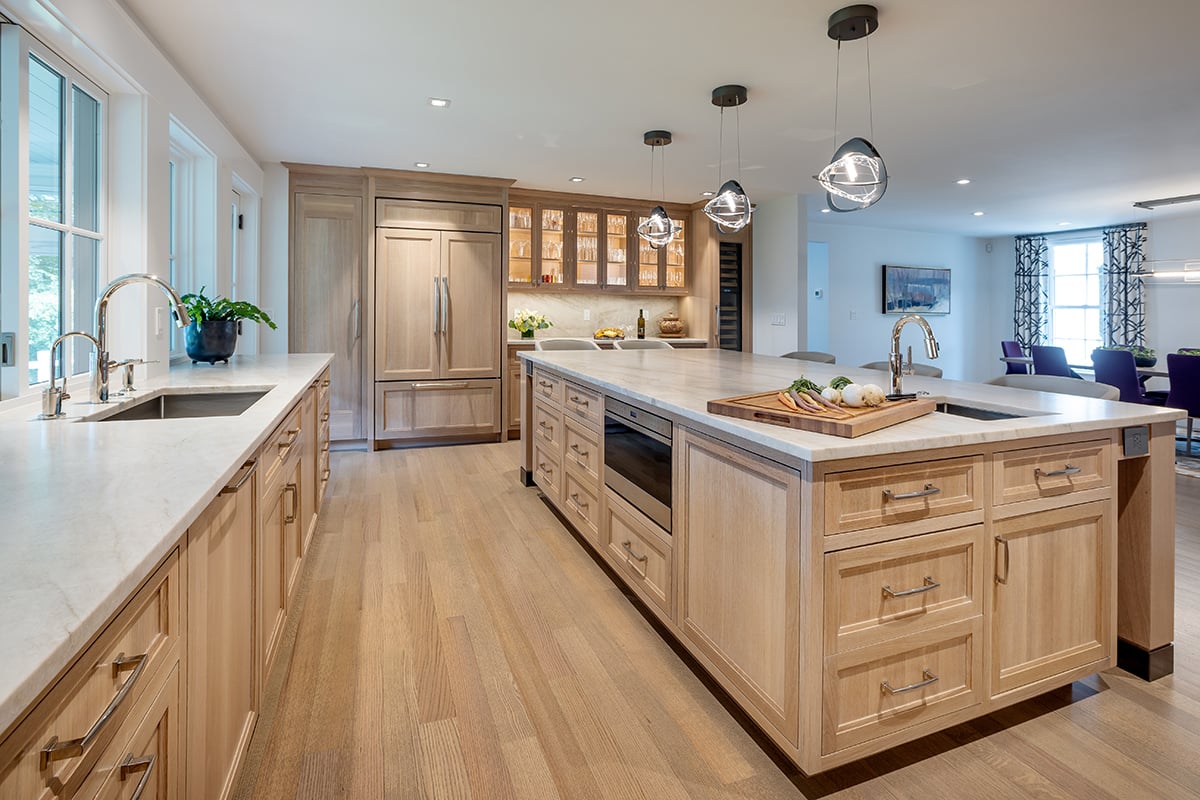
Other Choices for Cabinet Materials
For kitchens and bathrooms we would encourage our clients to use custom or semi-custom cabinets using solid wood over a high-quality plywood box. But there may be other parts of the home where other materials make sense. For example, you may need some basic storage in a laundry room, basement, or a garage.
Cabinet Box Materials
While a high-grade plywood is the best choice for a custom cabinet box, there are other choices available, including:
High-Density Fiberboard (HDF): A wood fiber material mixed with glue and resin that has higher density than natural wood. It does not hold nails and screws as well as natural wood.
Medium-Density Fiberboard (MDF): Lower density than HDF, MDF is often used as shelving material along with its use as box material in mass-produced cabinets.
Door and Face Frame Materials
Mass-produced cabinets are often not made of solid wood. Other materials that may be used include:
Wood Veneer: A very thin sheet of wood layered over a fiberboard. This has the look of natural wood, but is more susceptible to water damage.
Thermofoil: Thermofoil cabinets are constructed with a foil-like material vacuum sealed with heat over MDF. It can be prone to peeling and difficult to paint.
Laminate: Laminate is made with a resin combined with a paper featuring the desired design, color, or pattern, pressed together with heat. It is placed over plywood or fiberboard.
In a semi-custom cabinet, you might find the center panel material is not solid wood. A semi-custom door these days might have dovetailed rails and stiles, then MDF for the center panel. It has been found that MDF avoids warping, doesn’t expand and contract the way natural wood can, and takes paint very well.
All of the above are less costly, but also less durable, than solid wood.
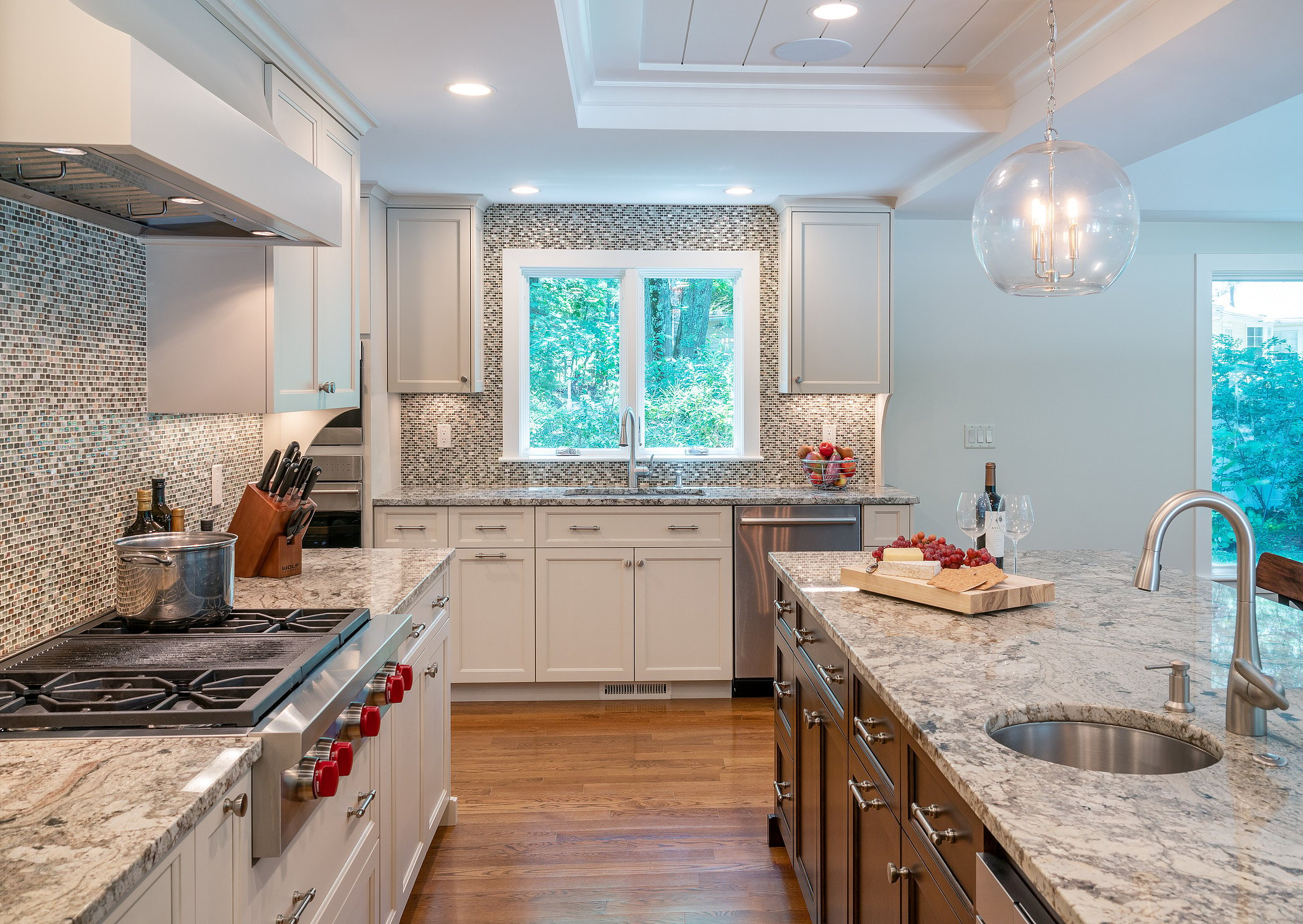
How Cabinet Style Impacts Cabinet Materials
Cabinet style comes down to the shape and features of the door, in combination with the color of stain or paint you use. With a framed cabinet door, you can choose a flat panel, sometimes called a shaker style, or a raised panel door. With a raised panel, a router is used to create a profile that raises from a low point around the frame, to a point usually level with the frame.
A raised panel door offers the most opportunity for variety. Would you like beaded edges along the rails and stiles? Or beading on center panels for added texture and visual interest? A good designer will be able to give you a sense of current trends and what textures will go best with the other elements you are planning for the kitchen, bathroom, or other space where you are placing new cabinets.
That being said, the most popular type of door styles in the New England area is currently a Shaker panel door. Shaker is a simple style featuring a flat center panel and eased outside edge profiles. Heavier doors with a raised panel can seem dated and too heavy for today’s trends of clean lines and little to no ornamentation.
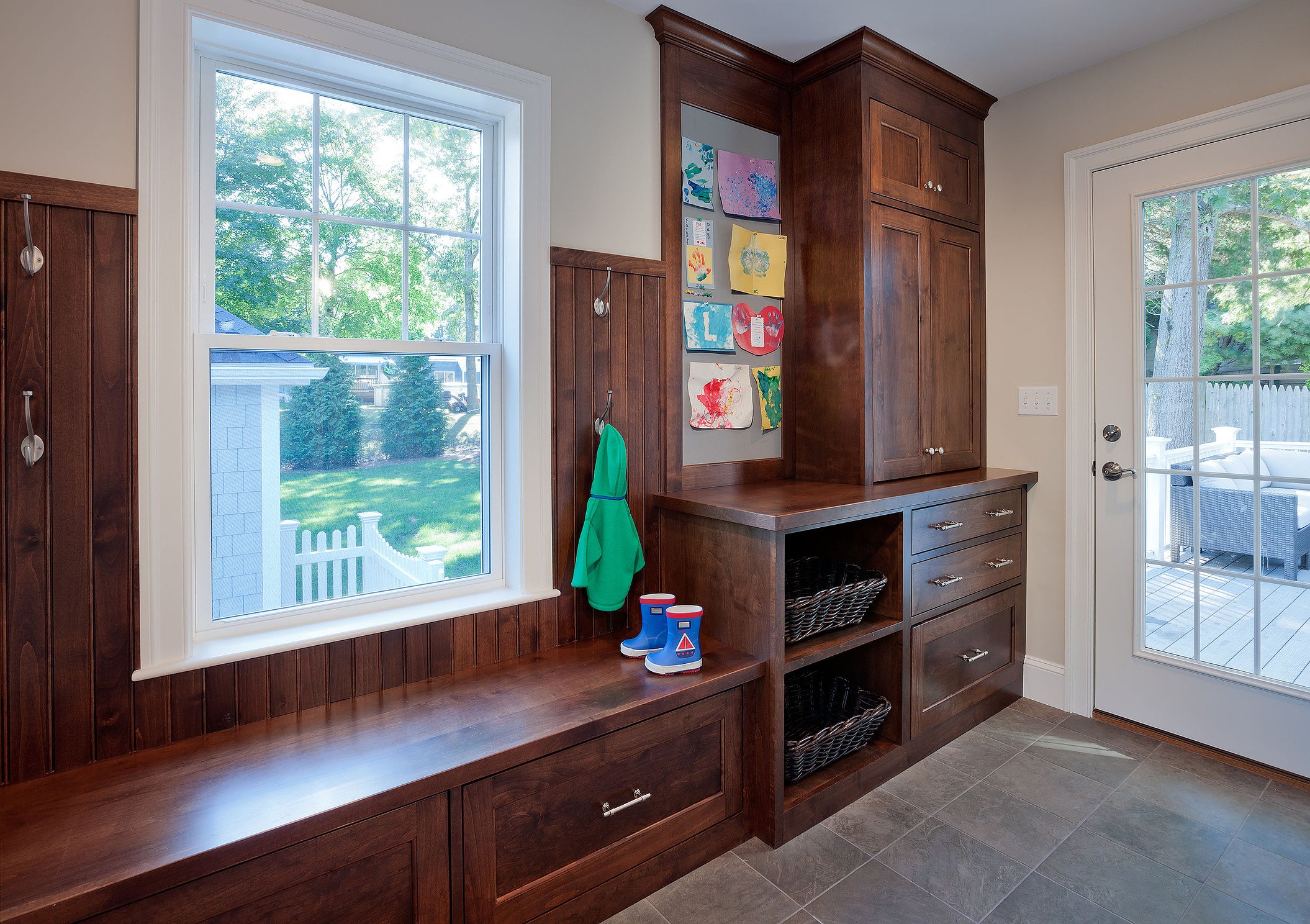
Your Home, Your Choice
Understanding the materials and style choices you have will give you the power to make the right decisions on cabinets for your renovation or new home construction project. A good rule of thumb is to make choices that raise your own quality of life. Style as it relates to future resale should be a consideration, especially if a move is possible in the near future, but living your best life now should always be the primary motivation.
Mitchell Construction has designers who are specialists at creating the unique and beautiful cabinet design for any room in your home. Schedule a home renovation discovery session to learn how cabinet design can enable you and your family to enjoy your home for many years to come.
To learn more about the home renovation design process, please read our eBook, “Expert Design Tips to Improve Your Home's Form and Function.”


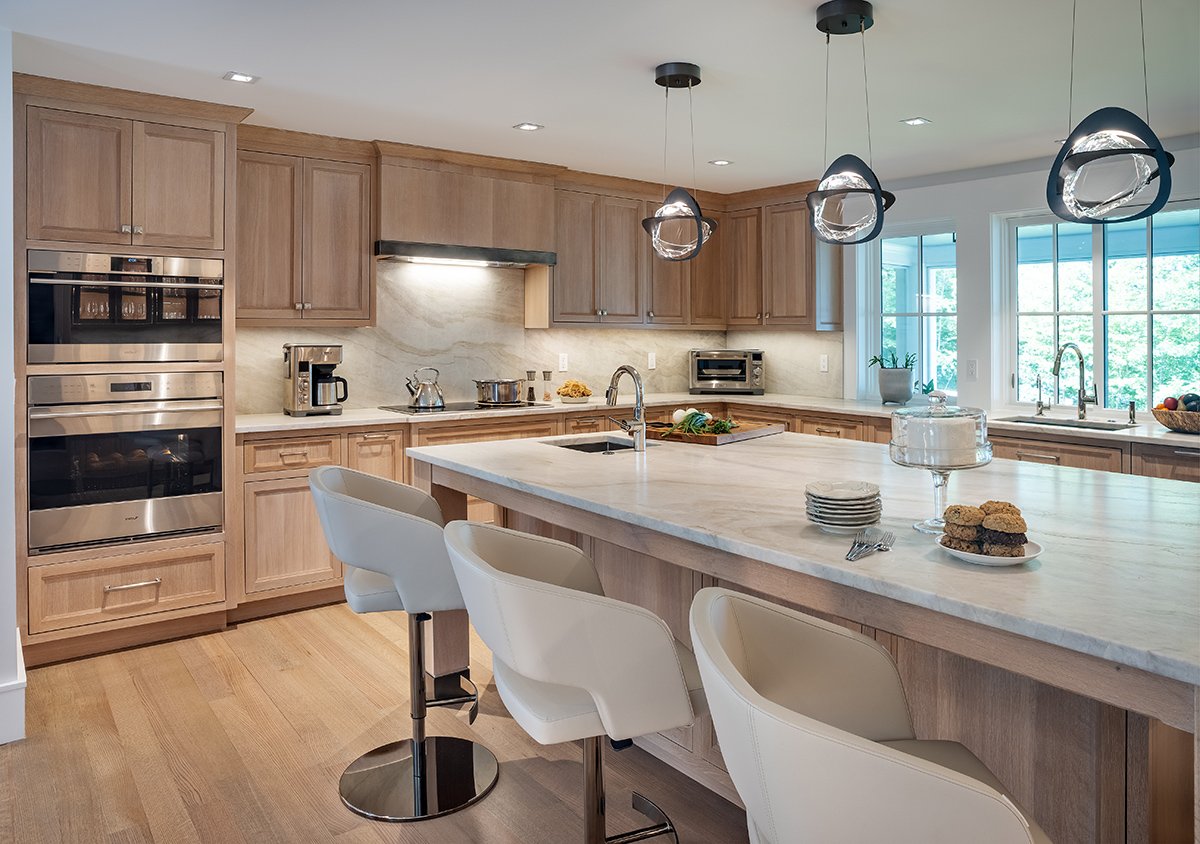
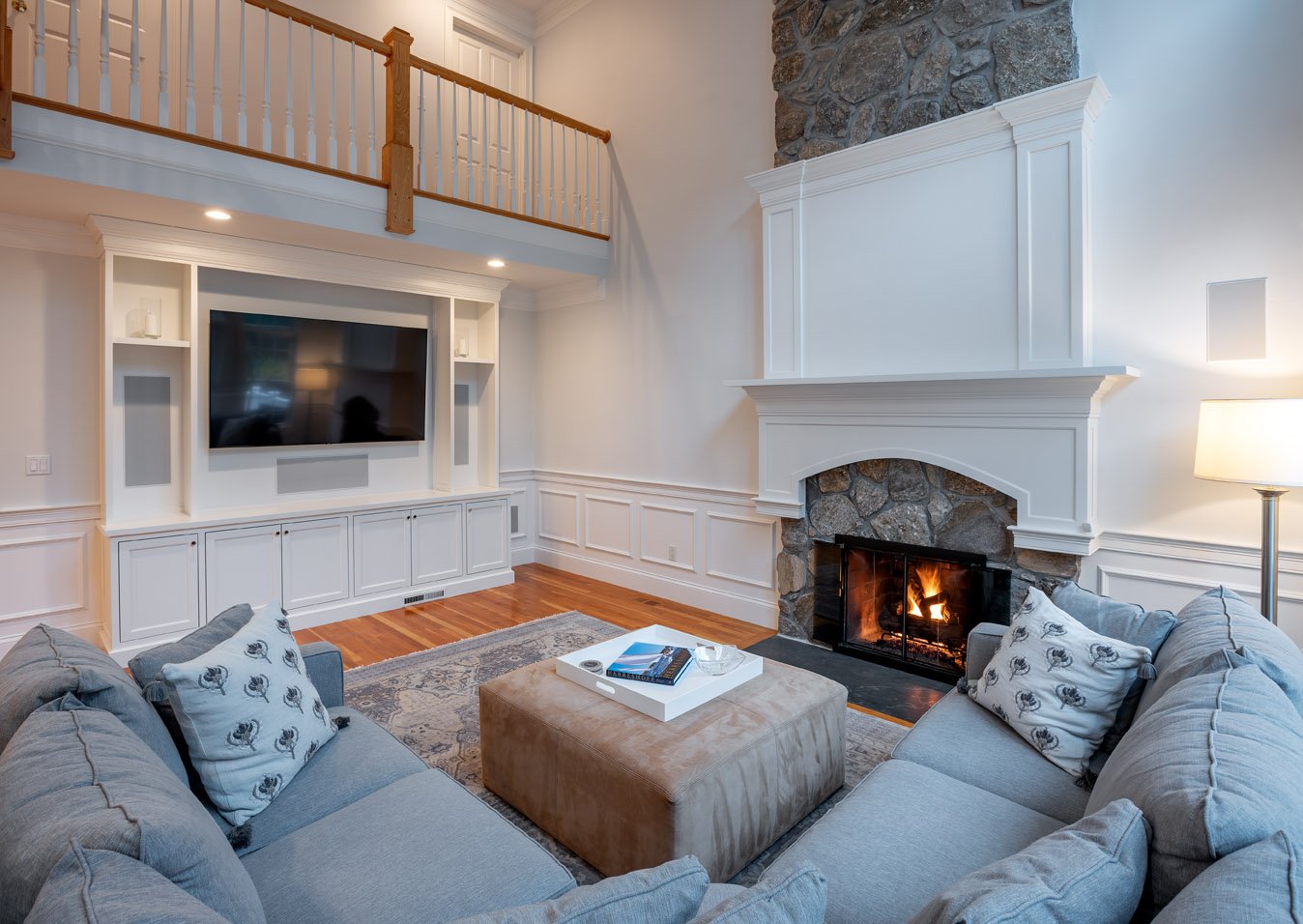
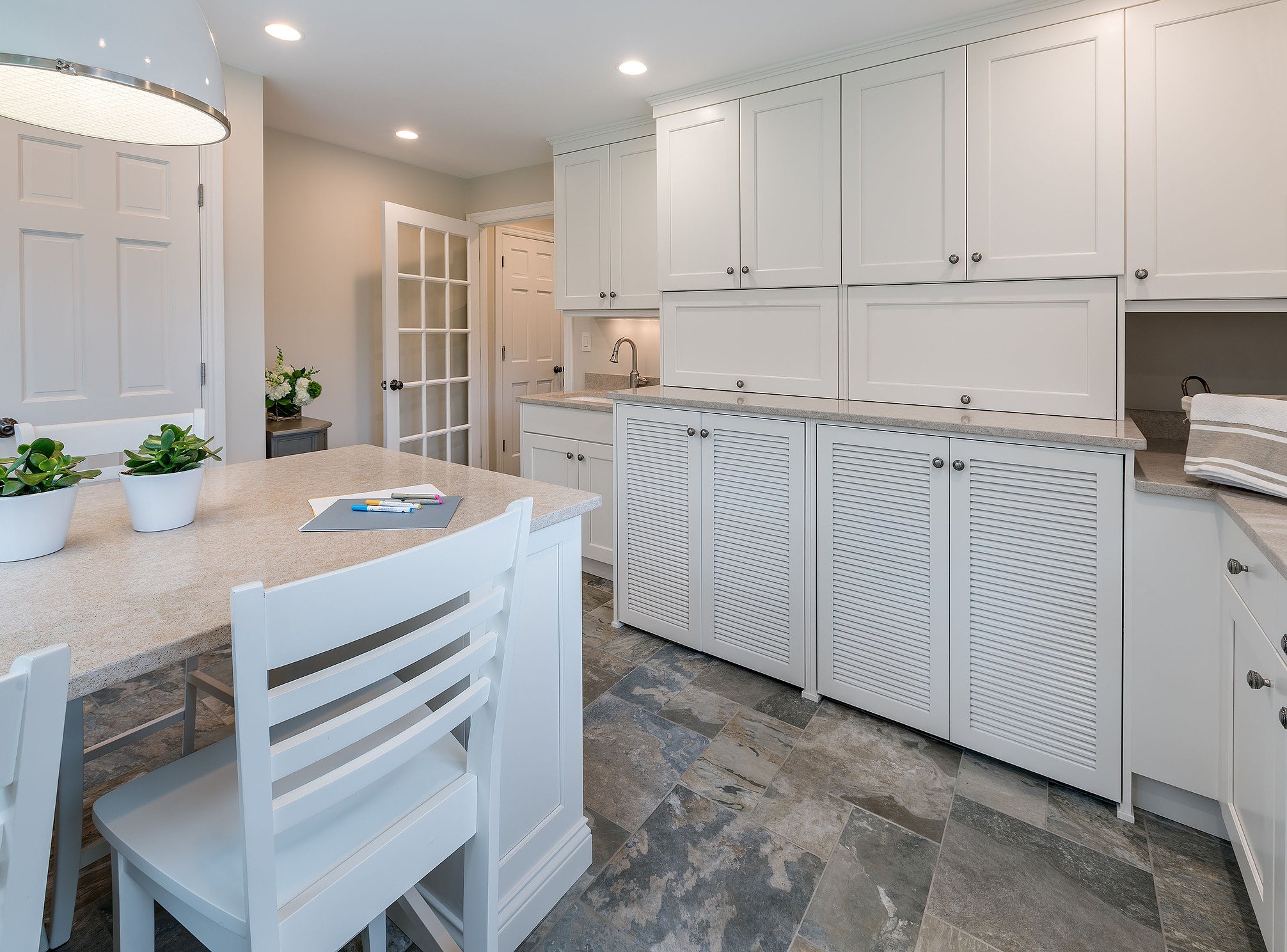
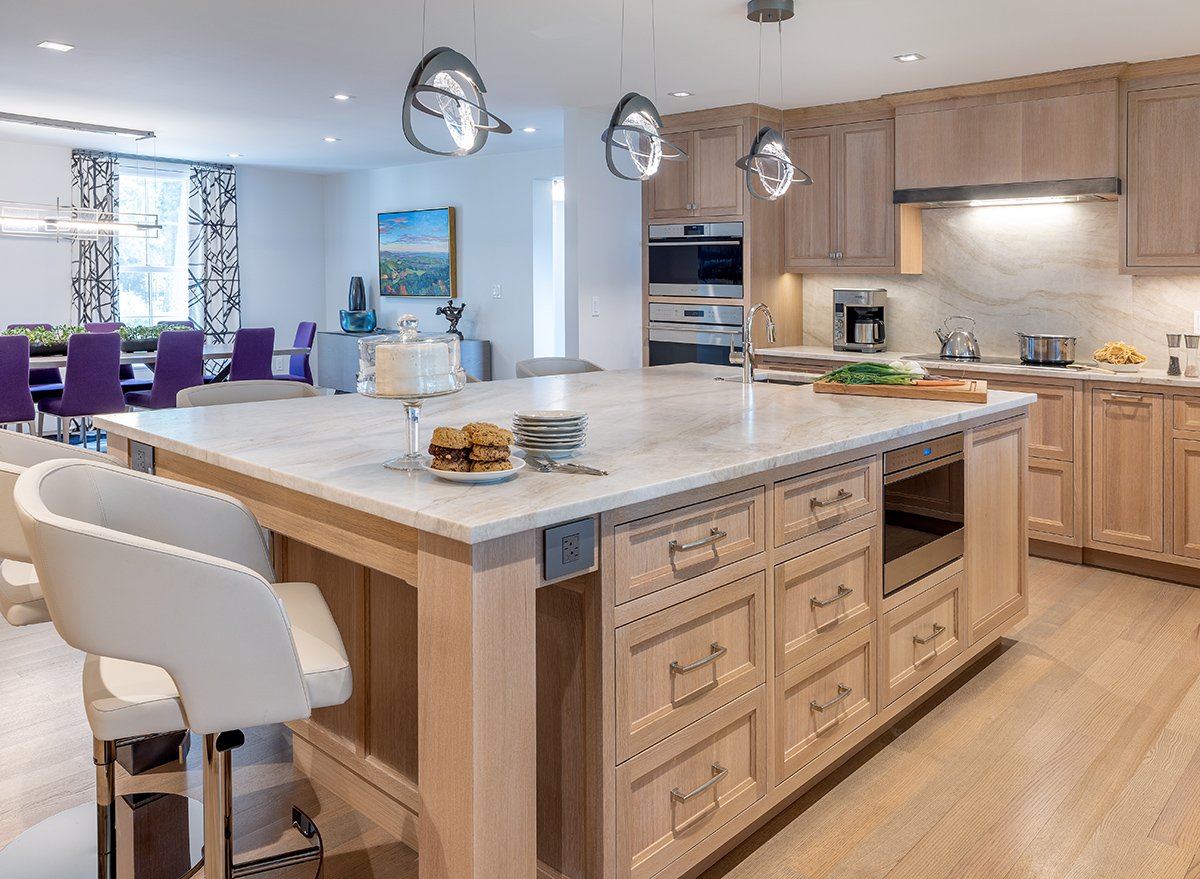
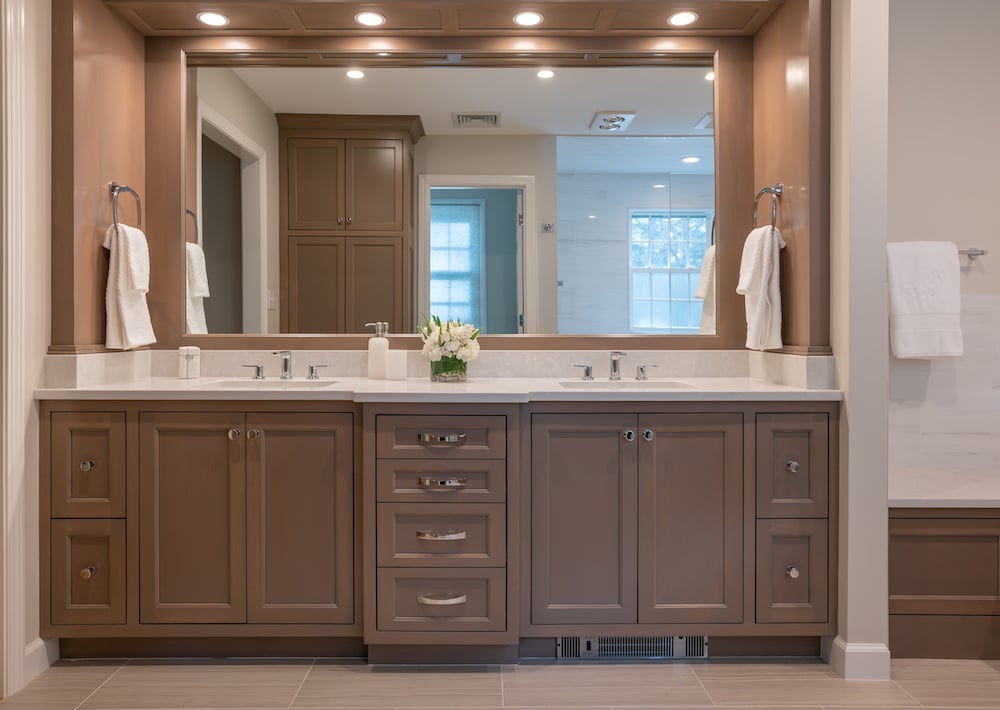
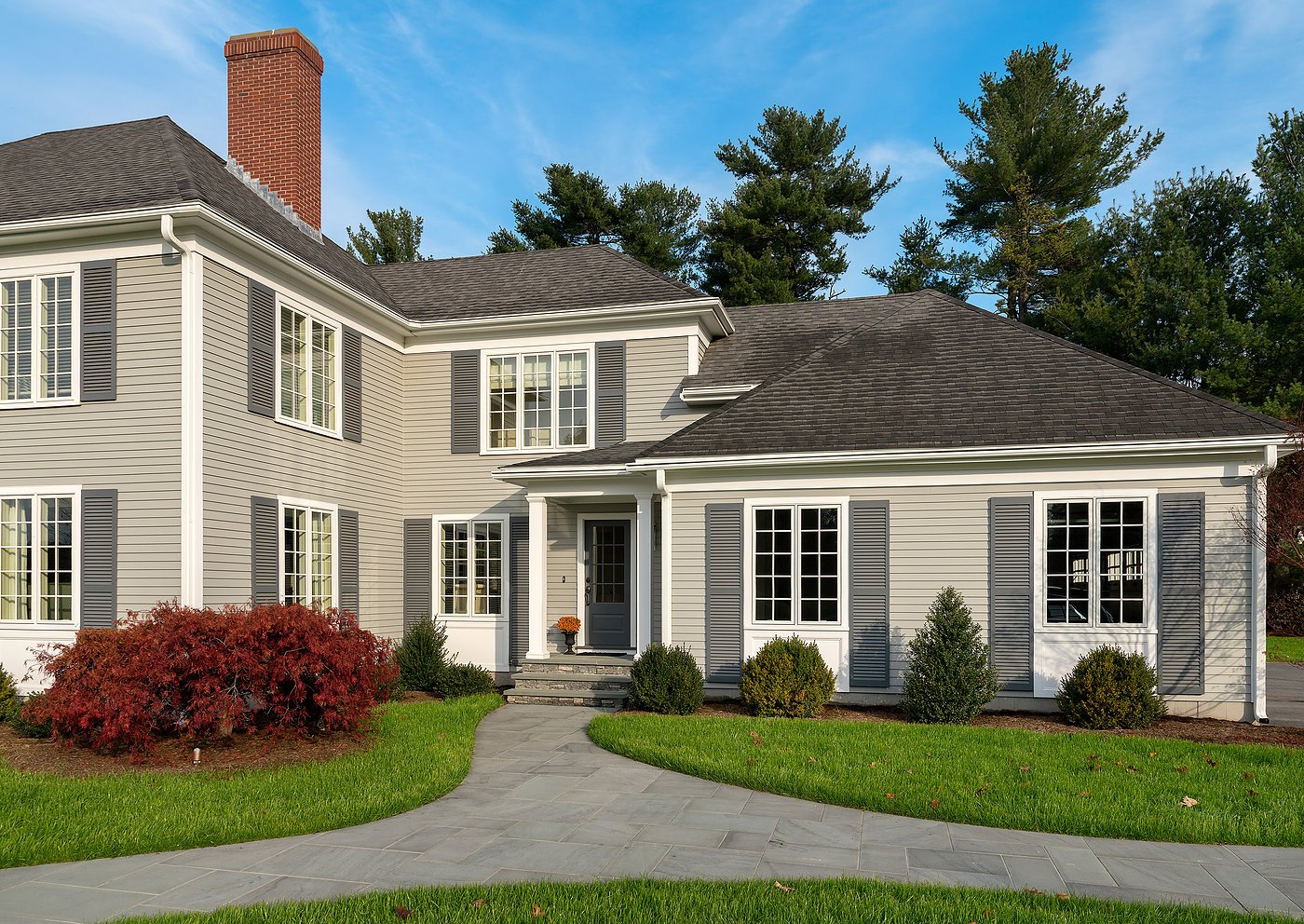
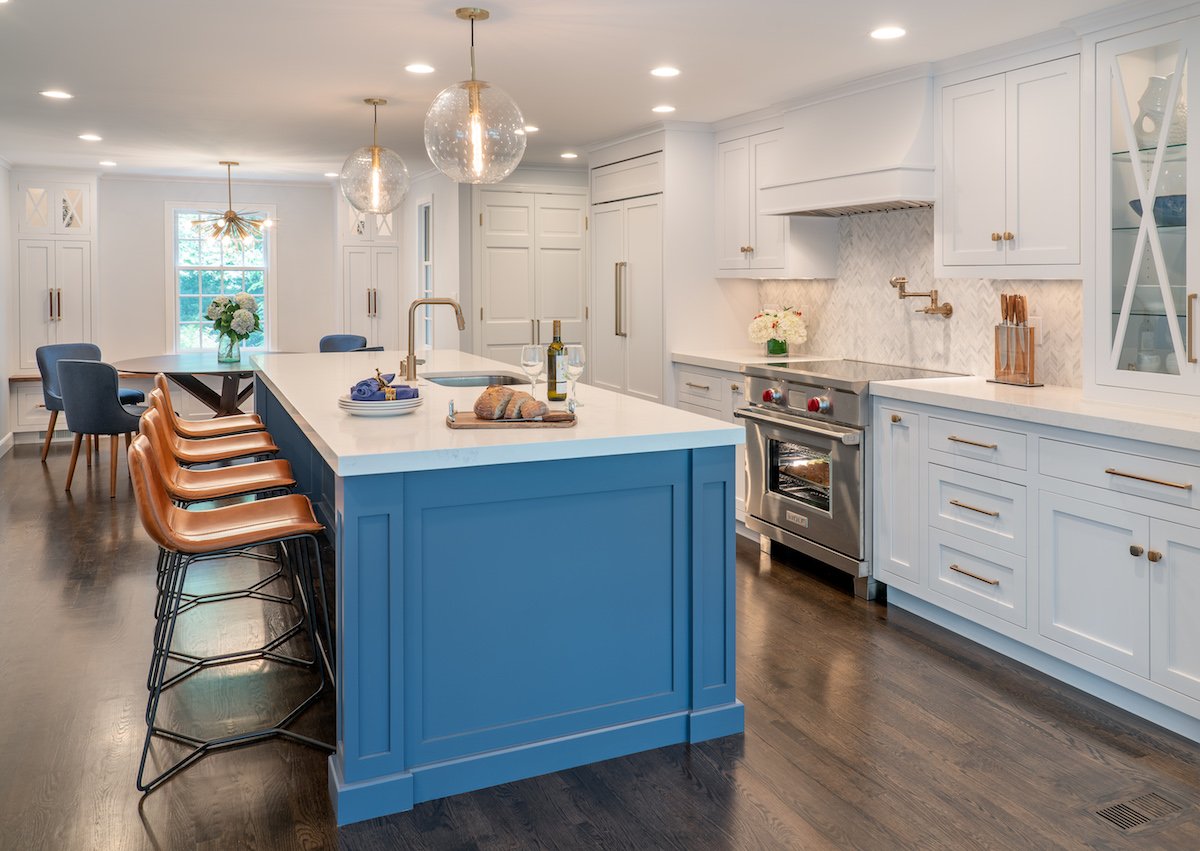
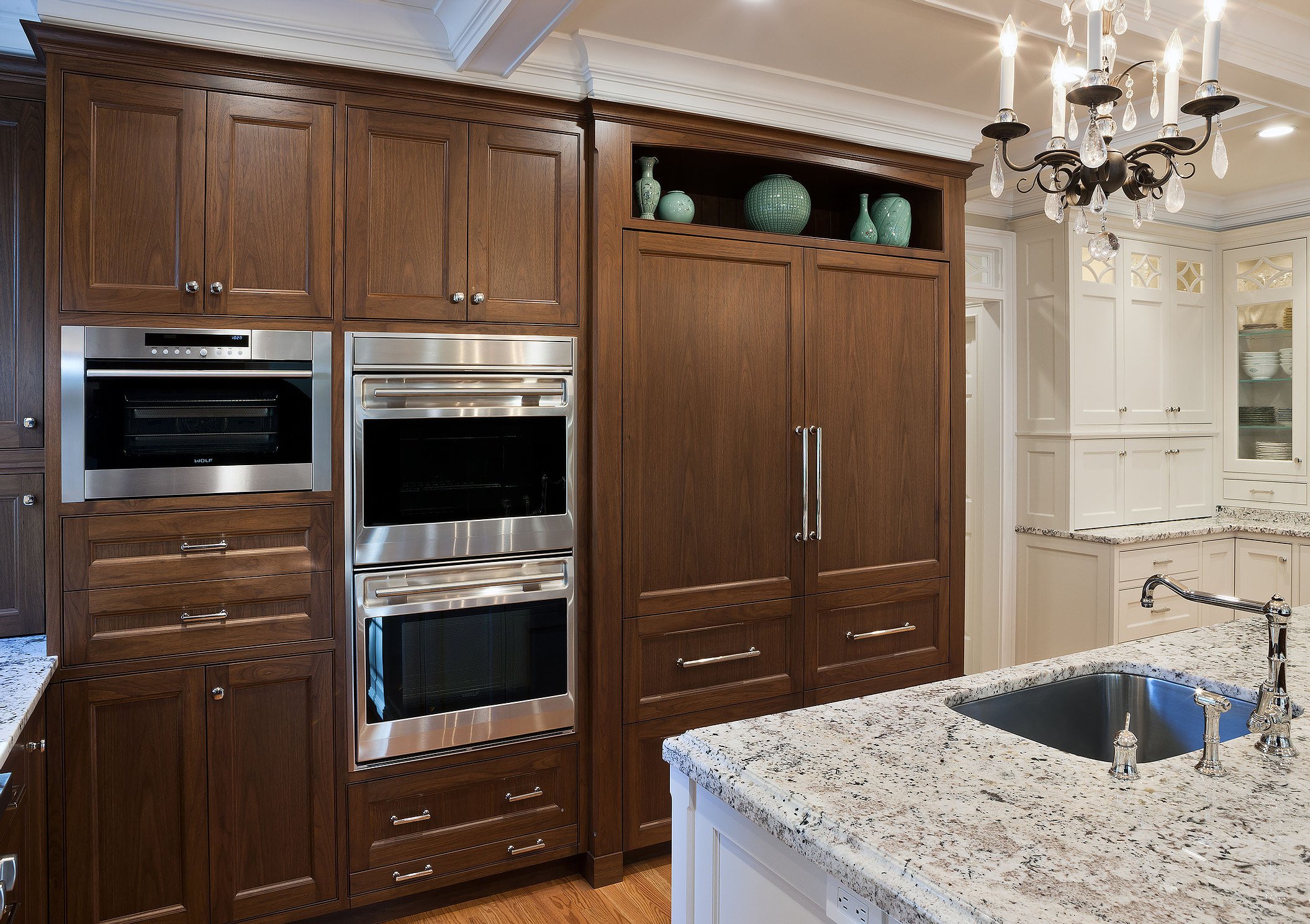
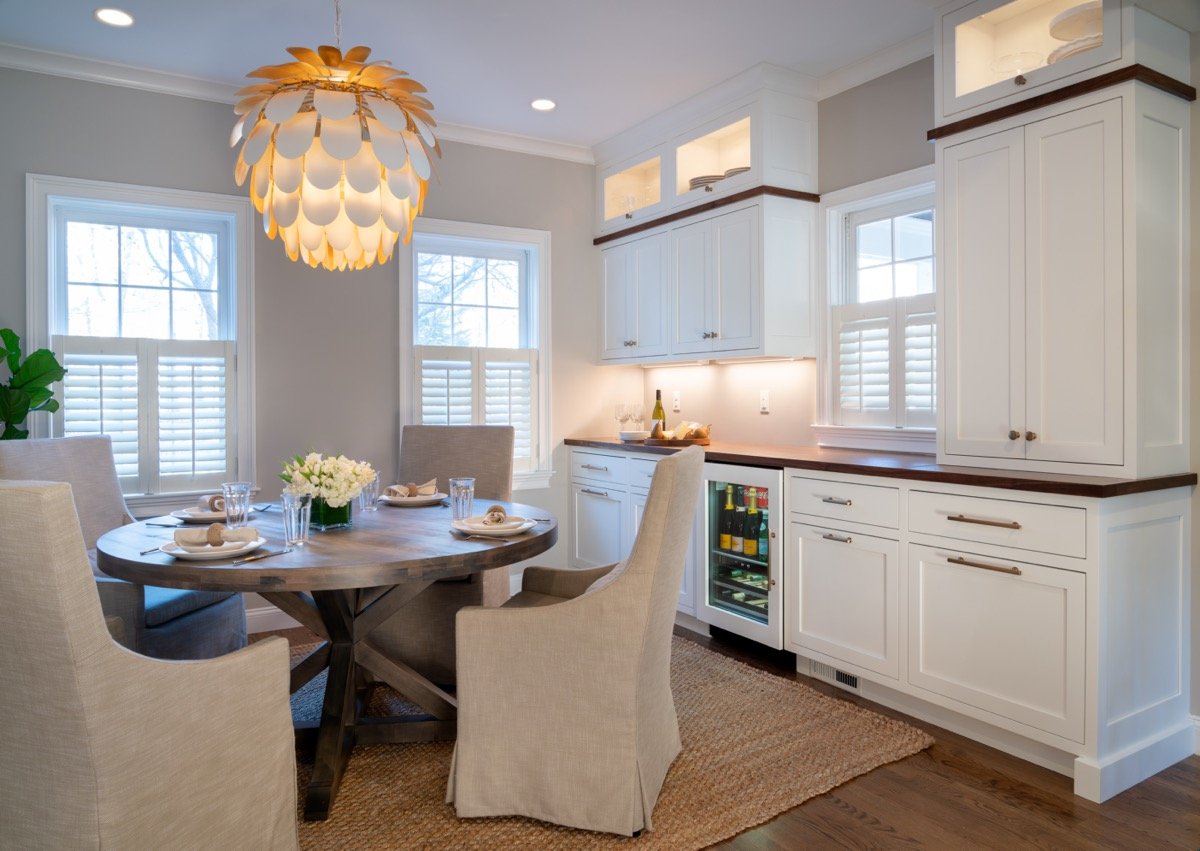
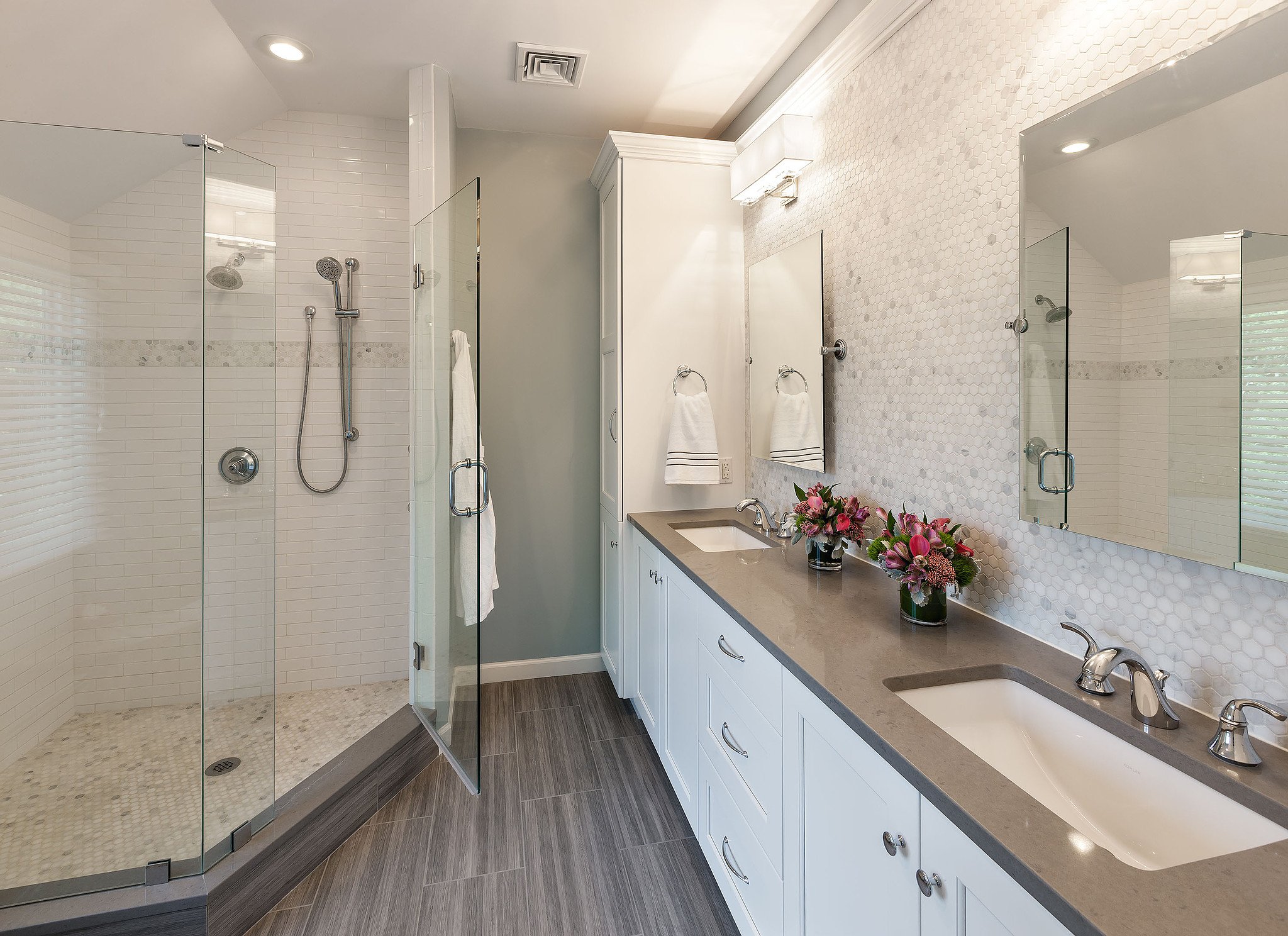
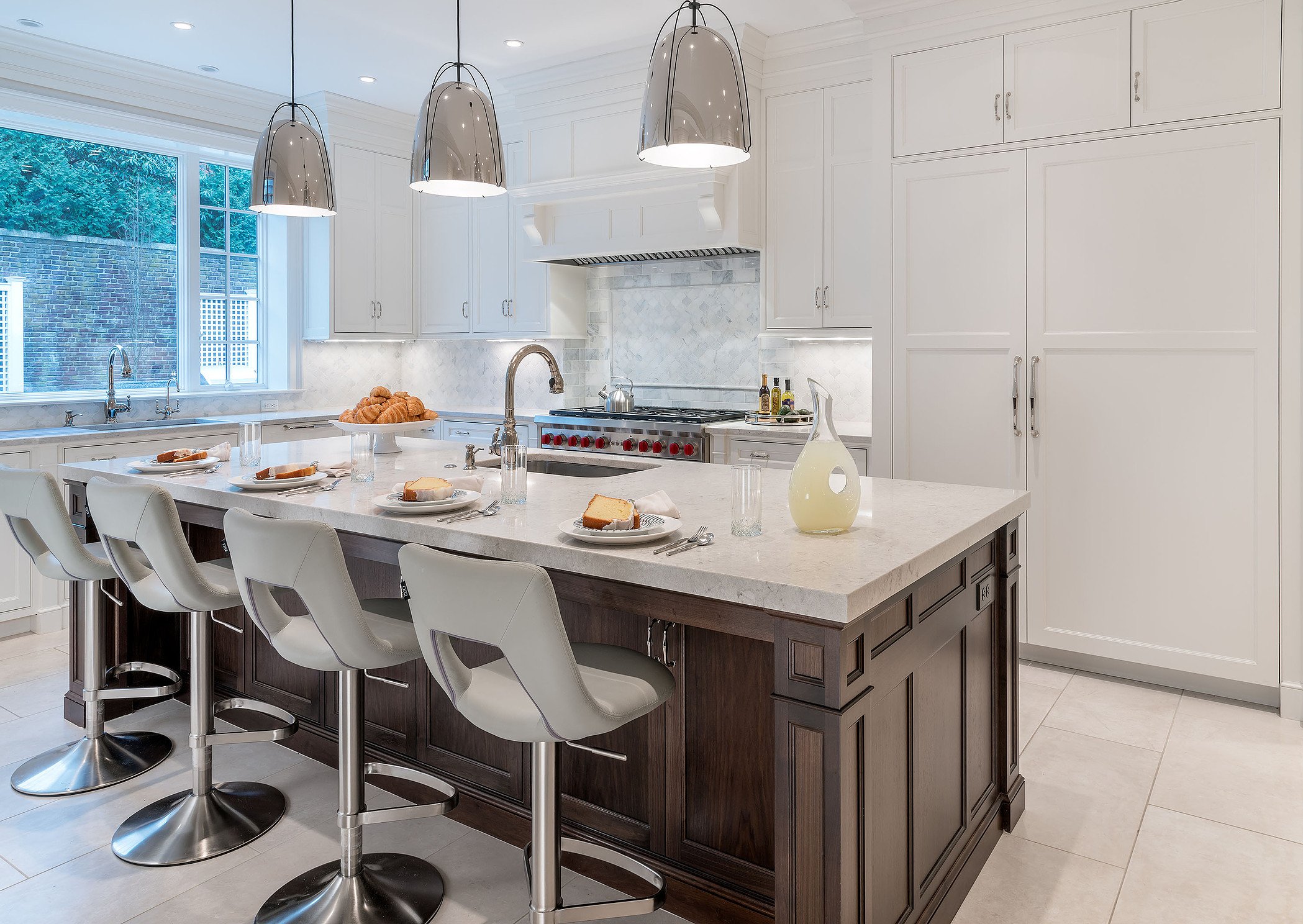
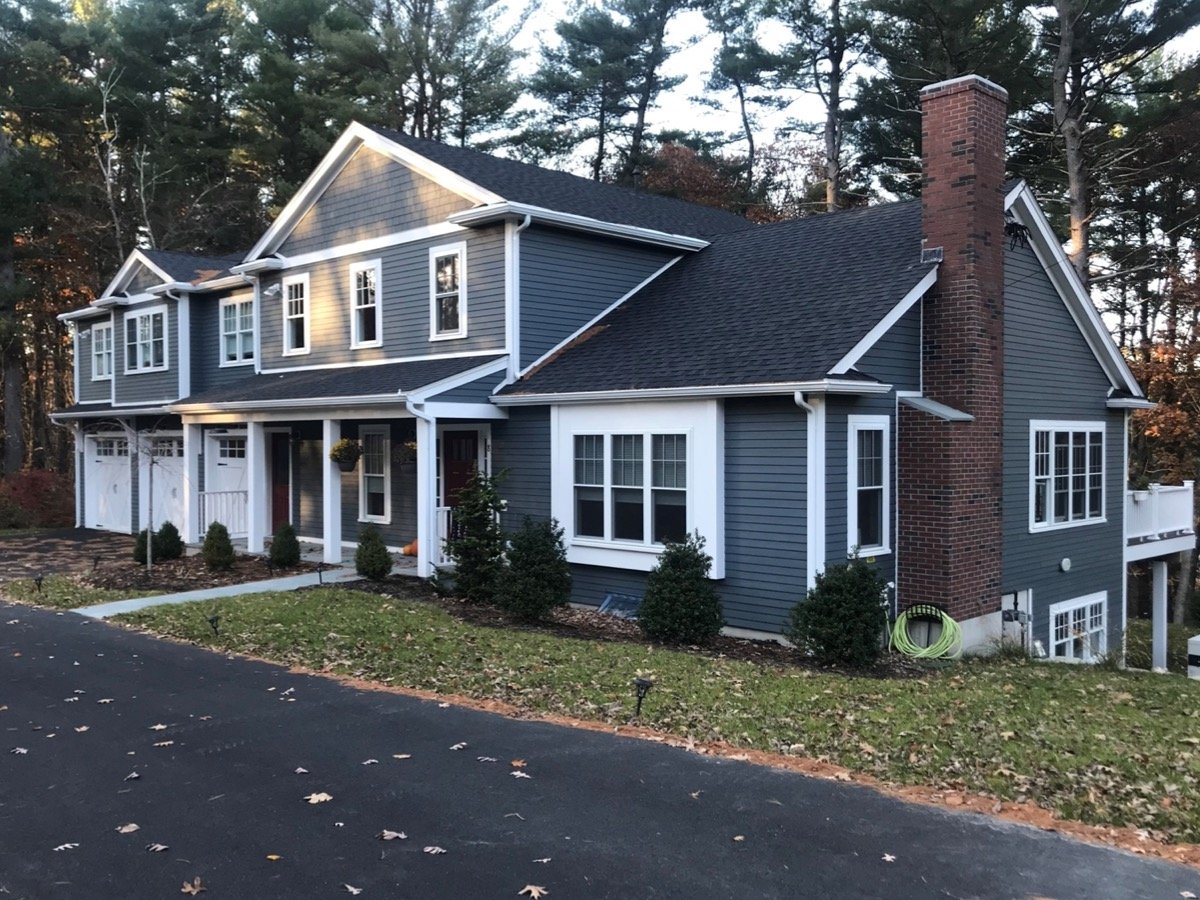
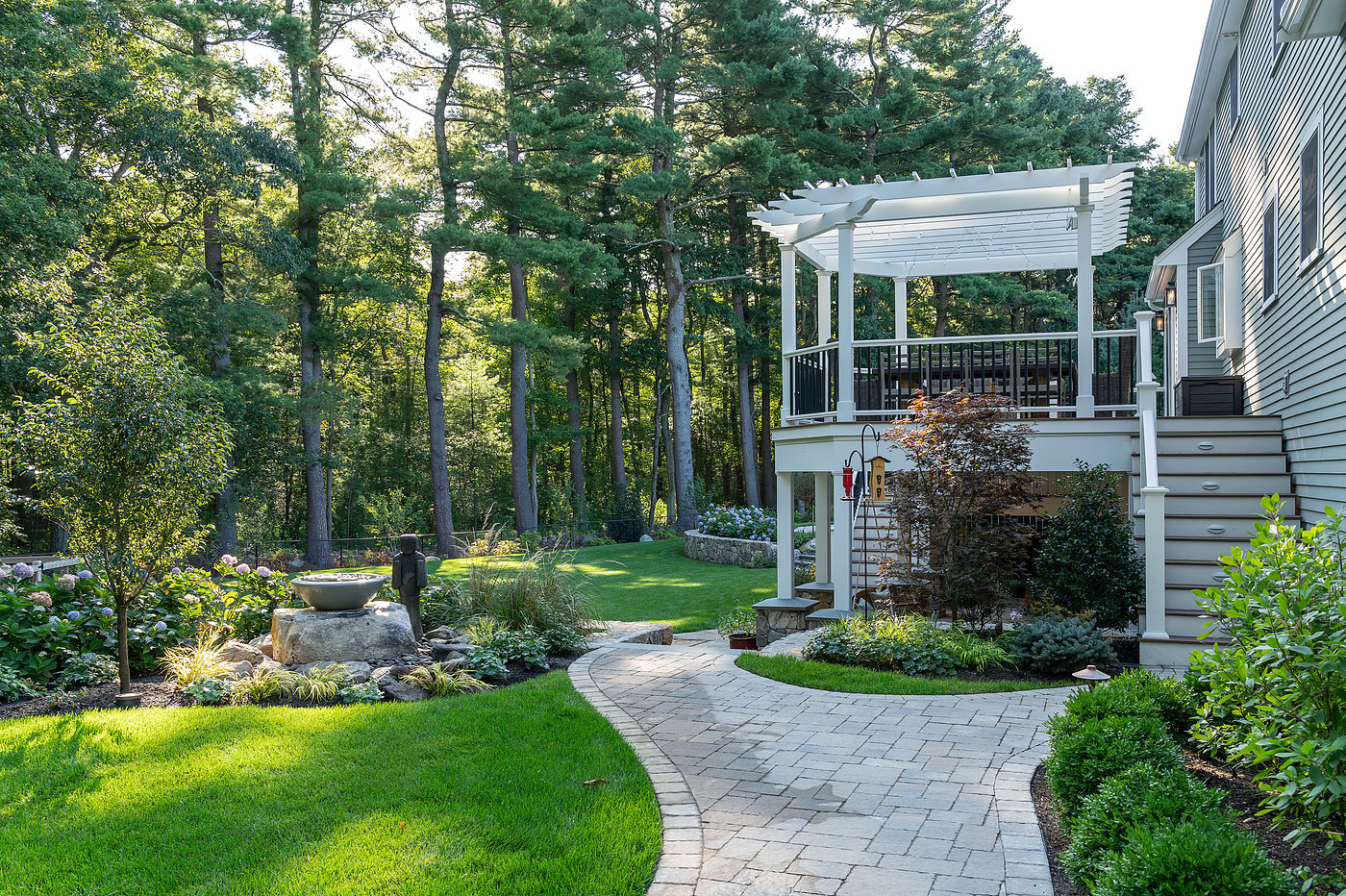
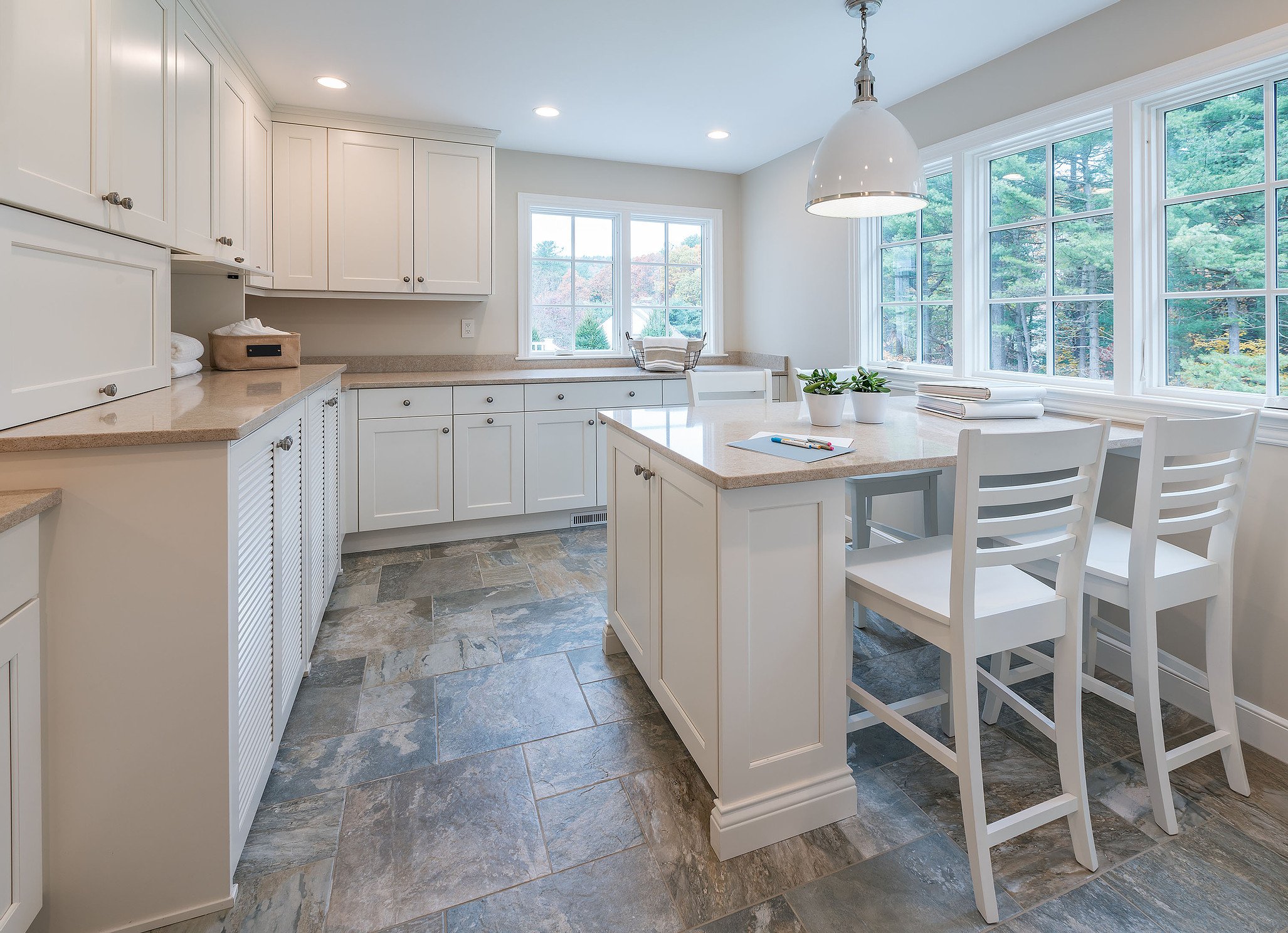
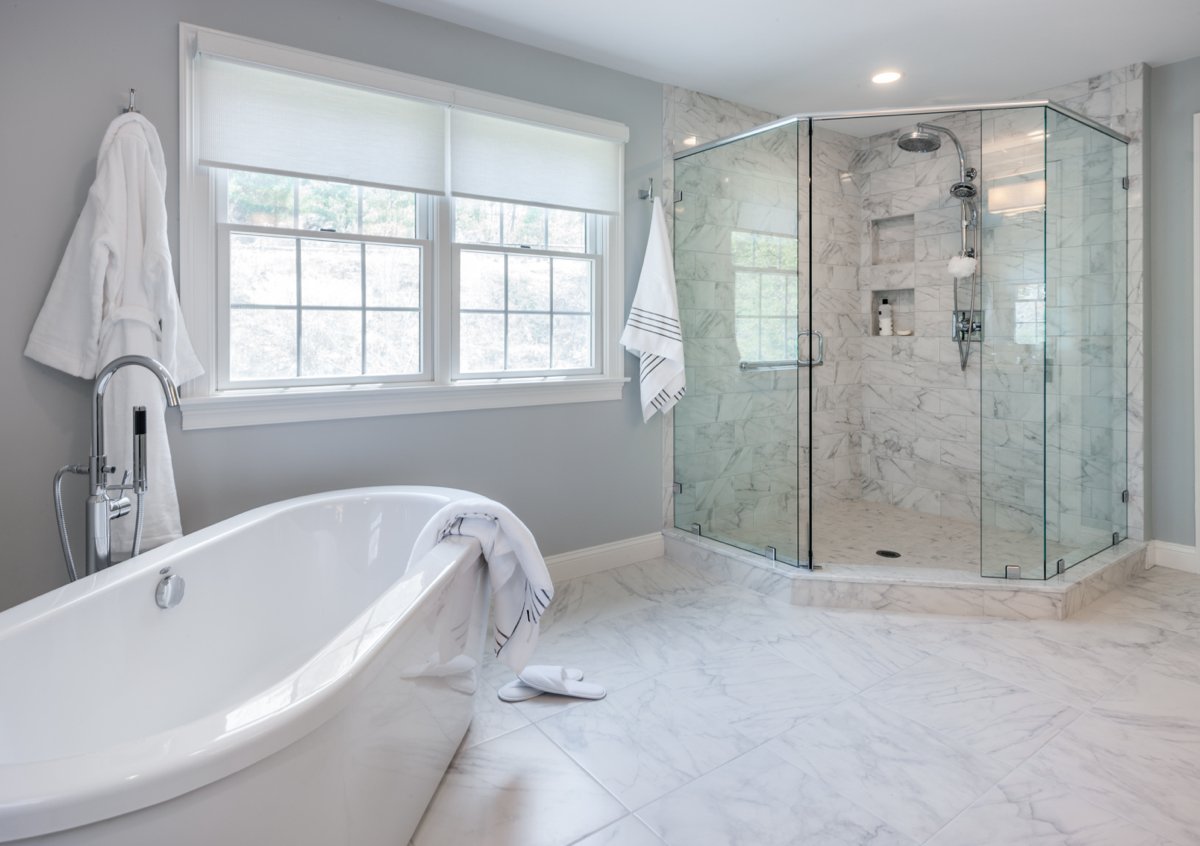
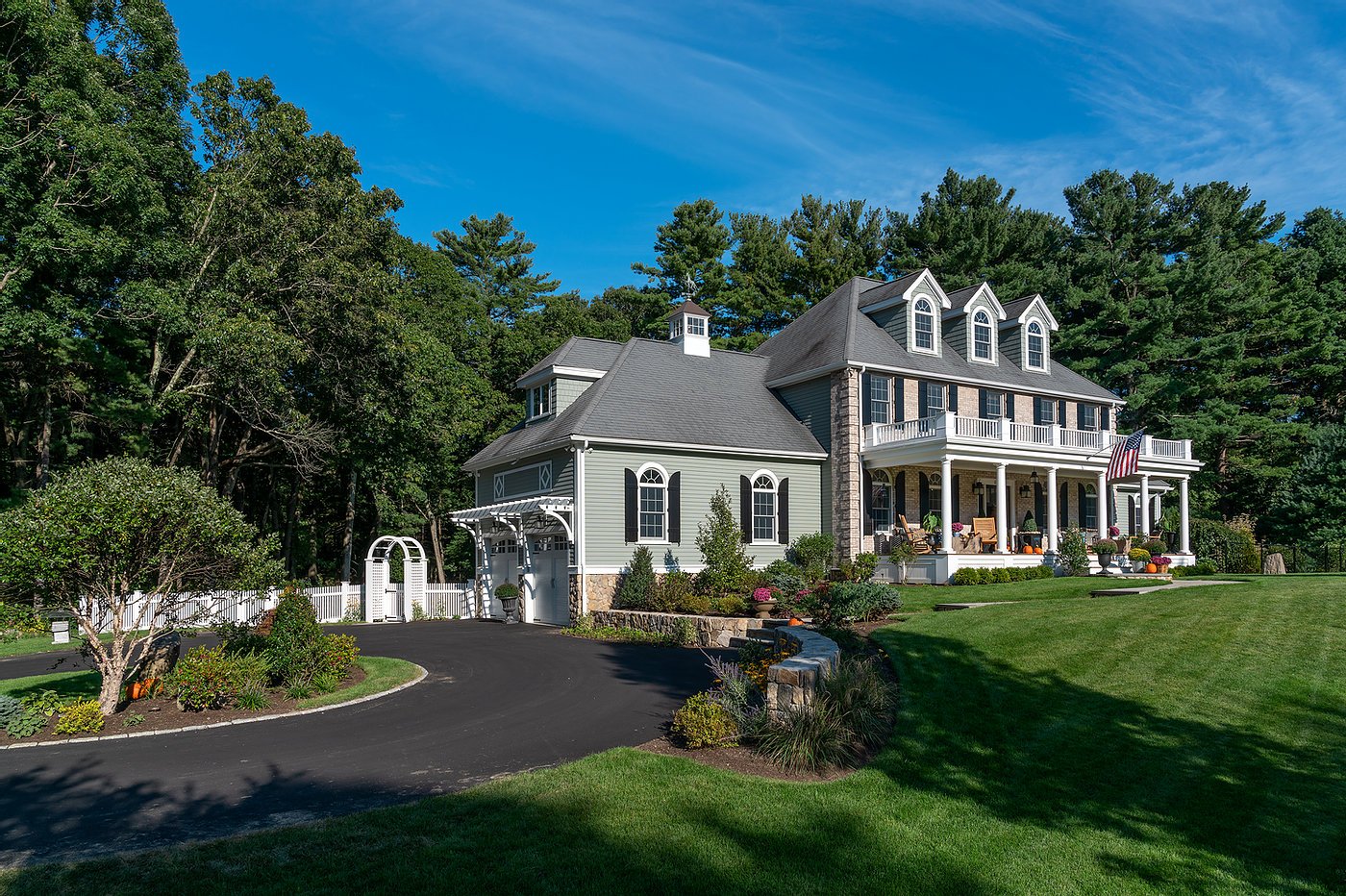
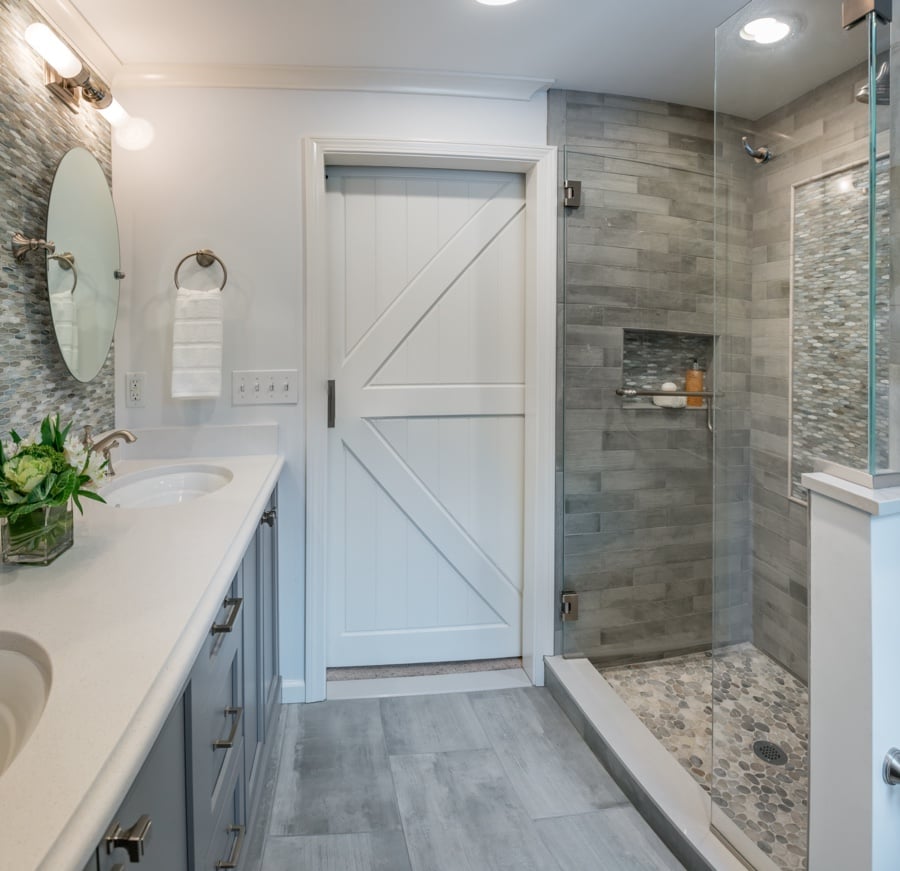
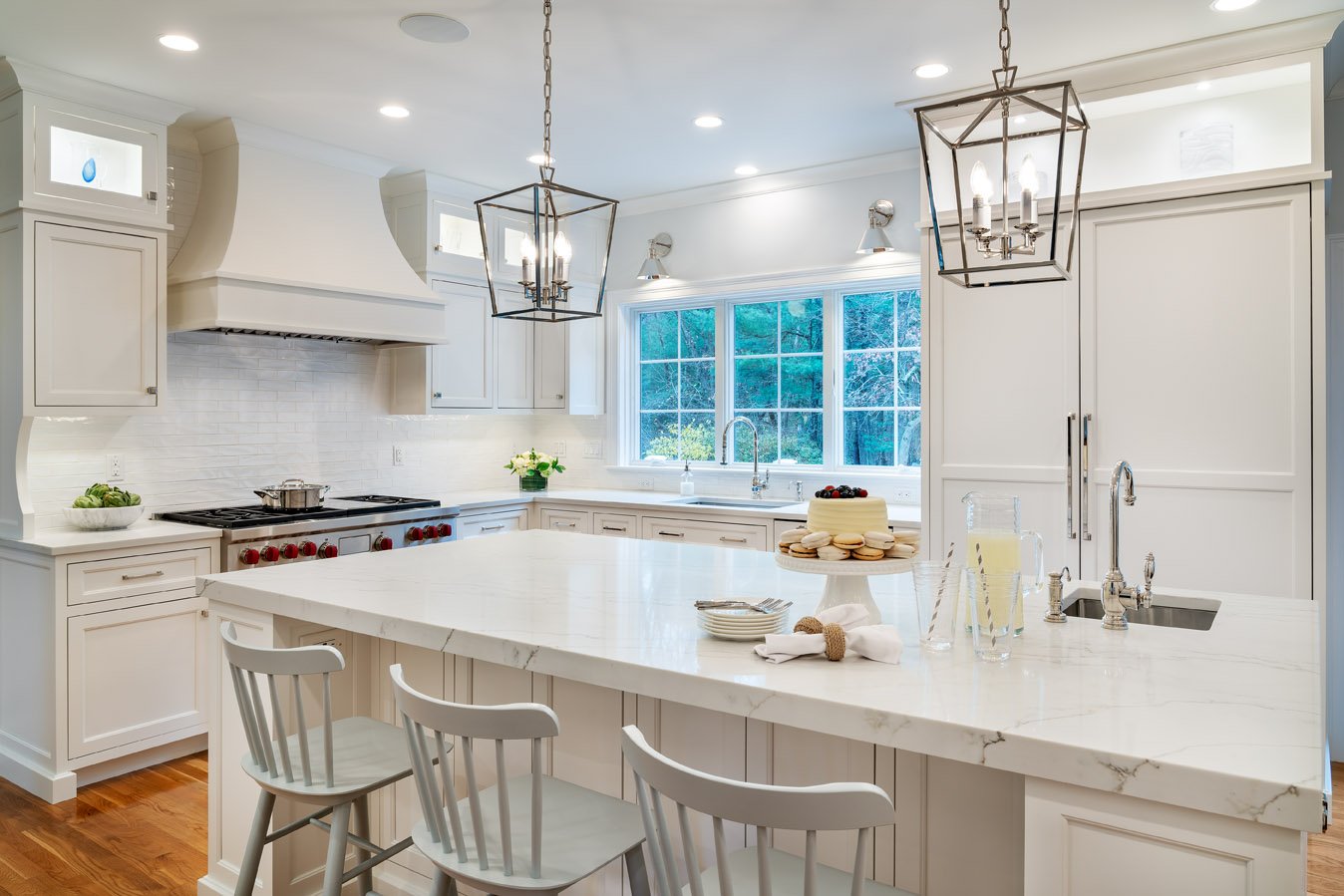
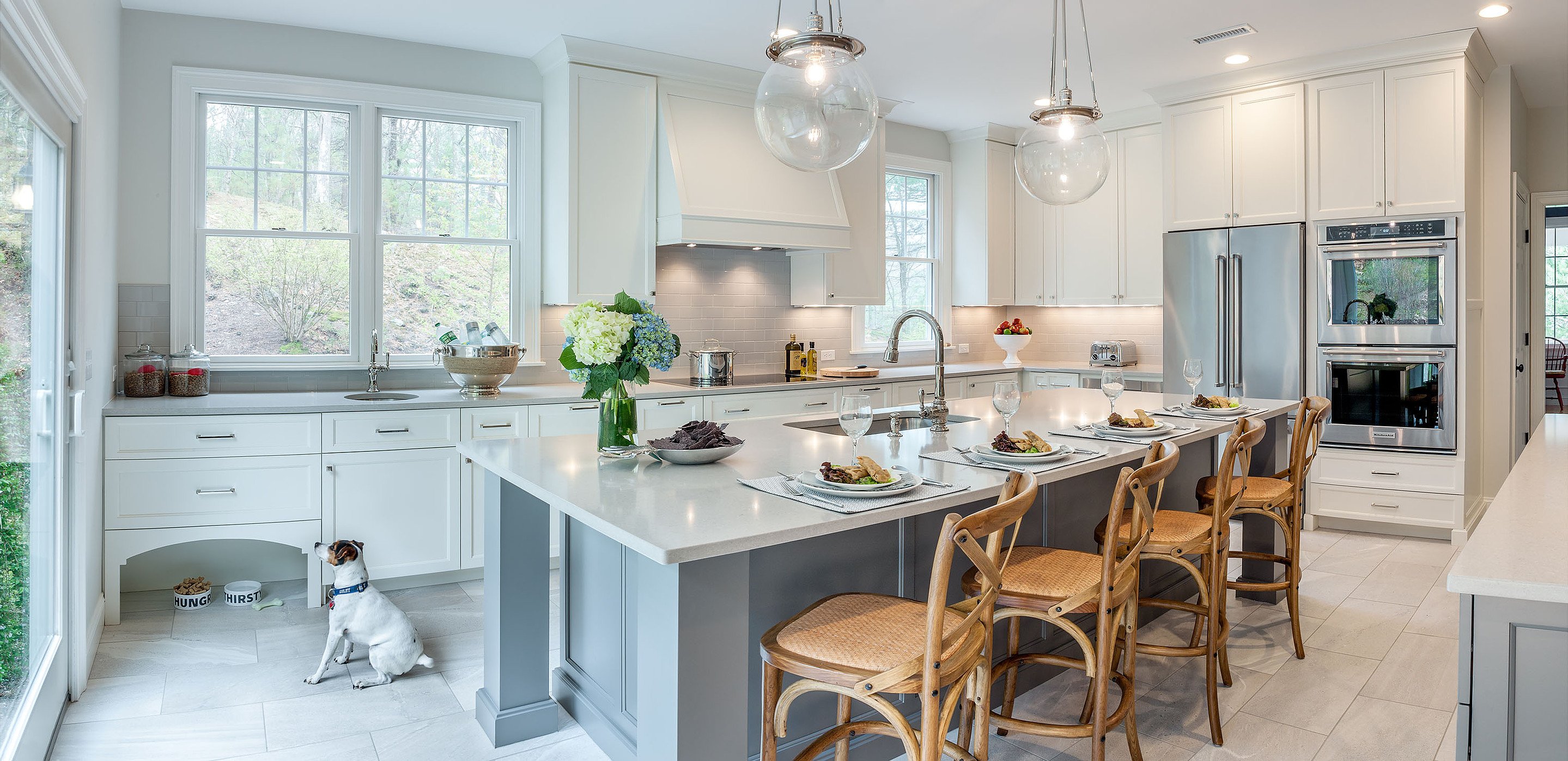
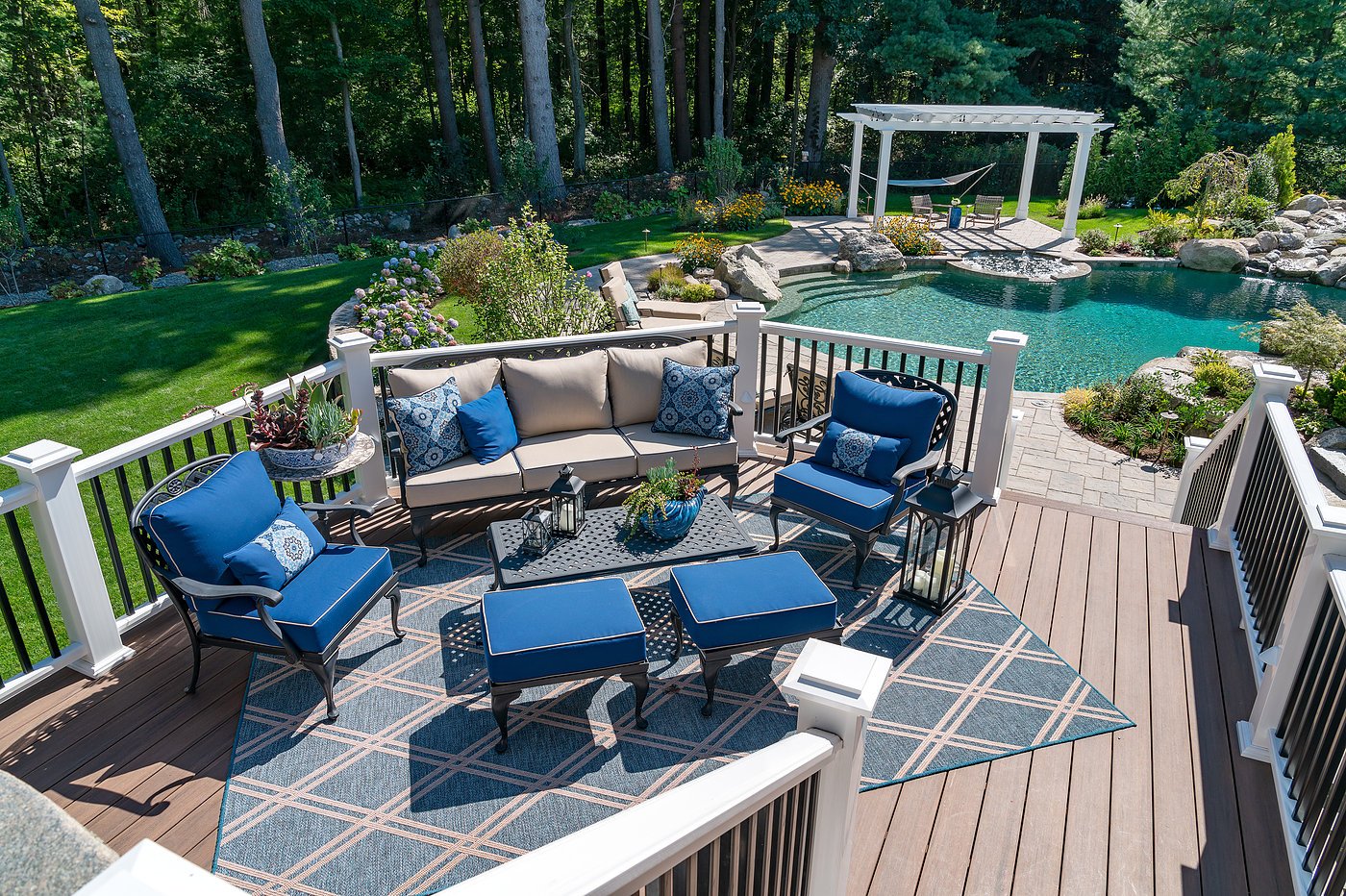
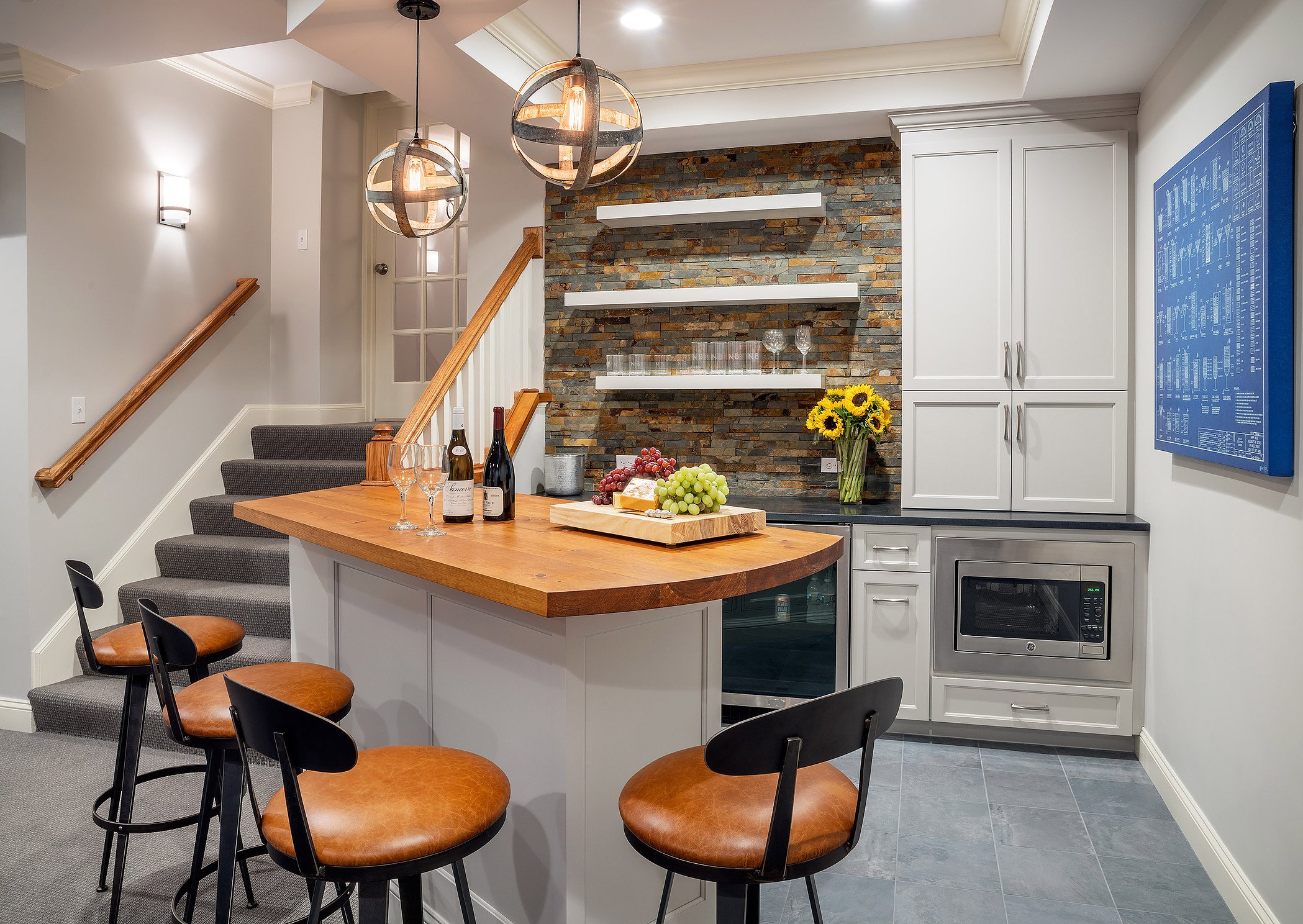
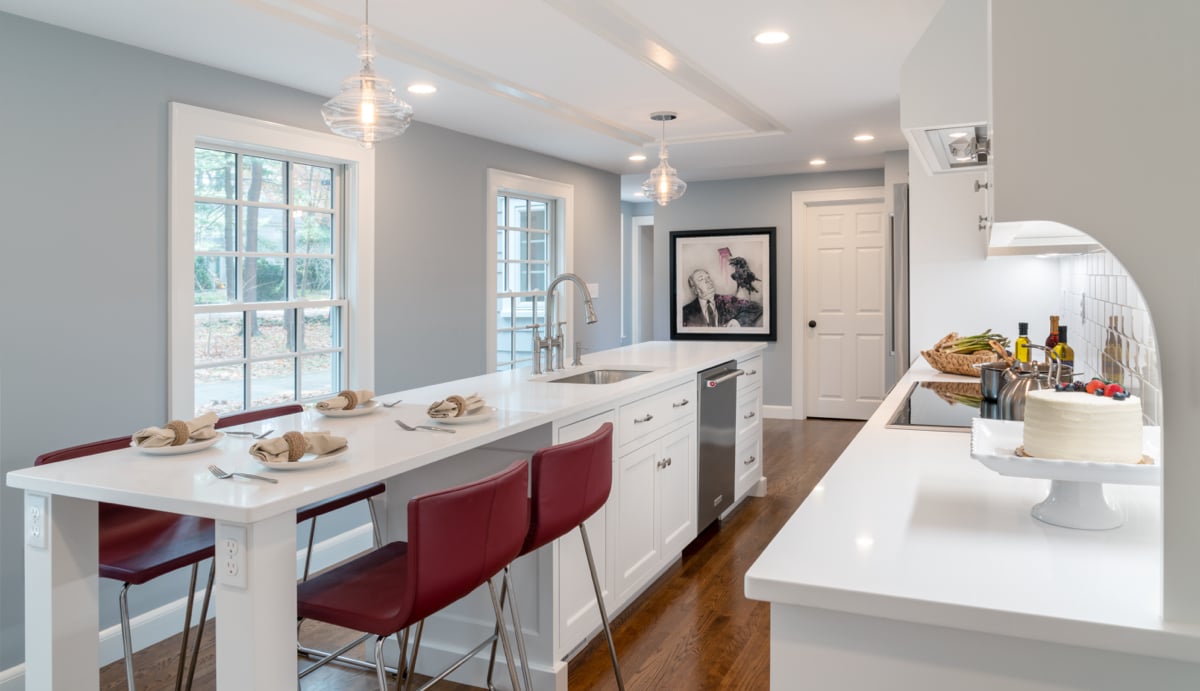
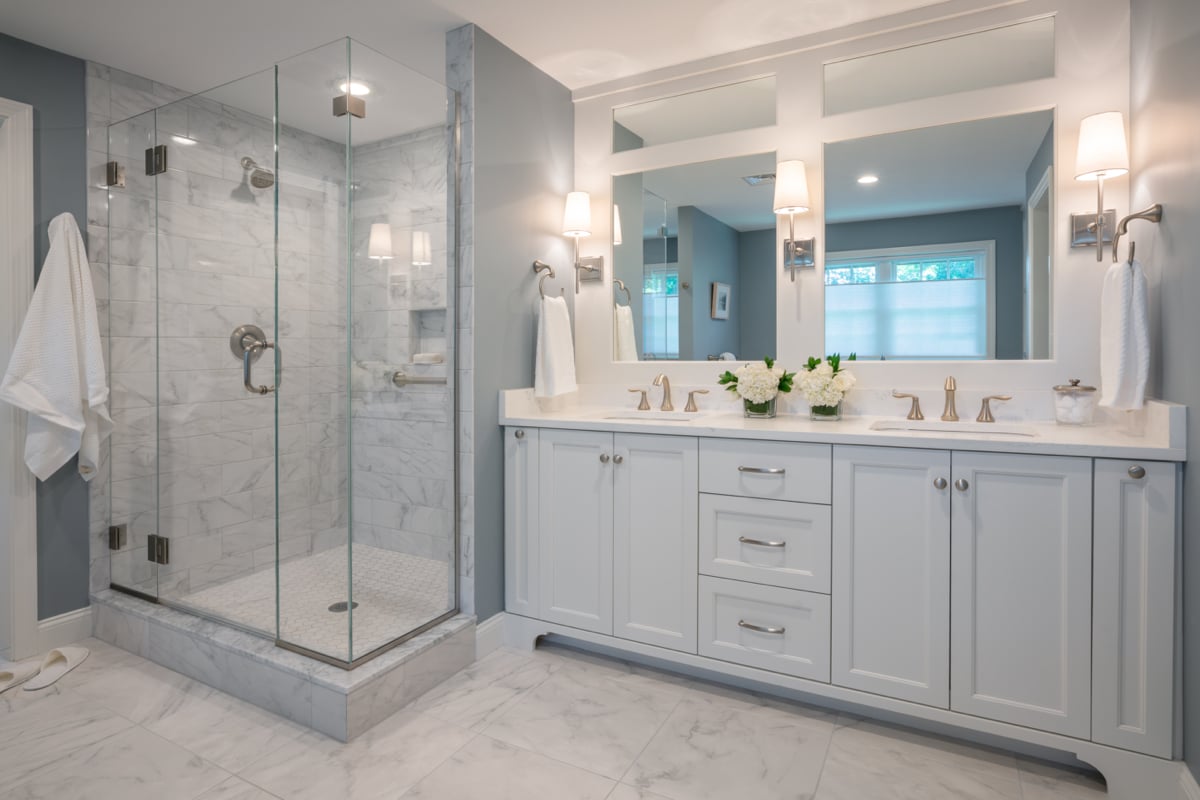
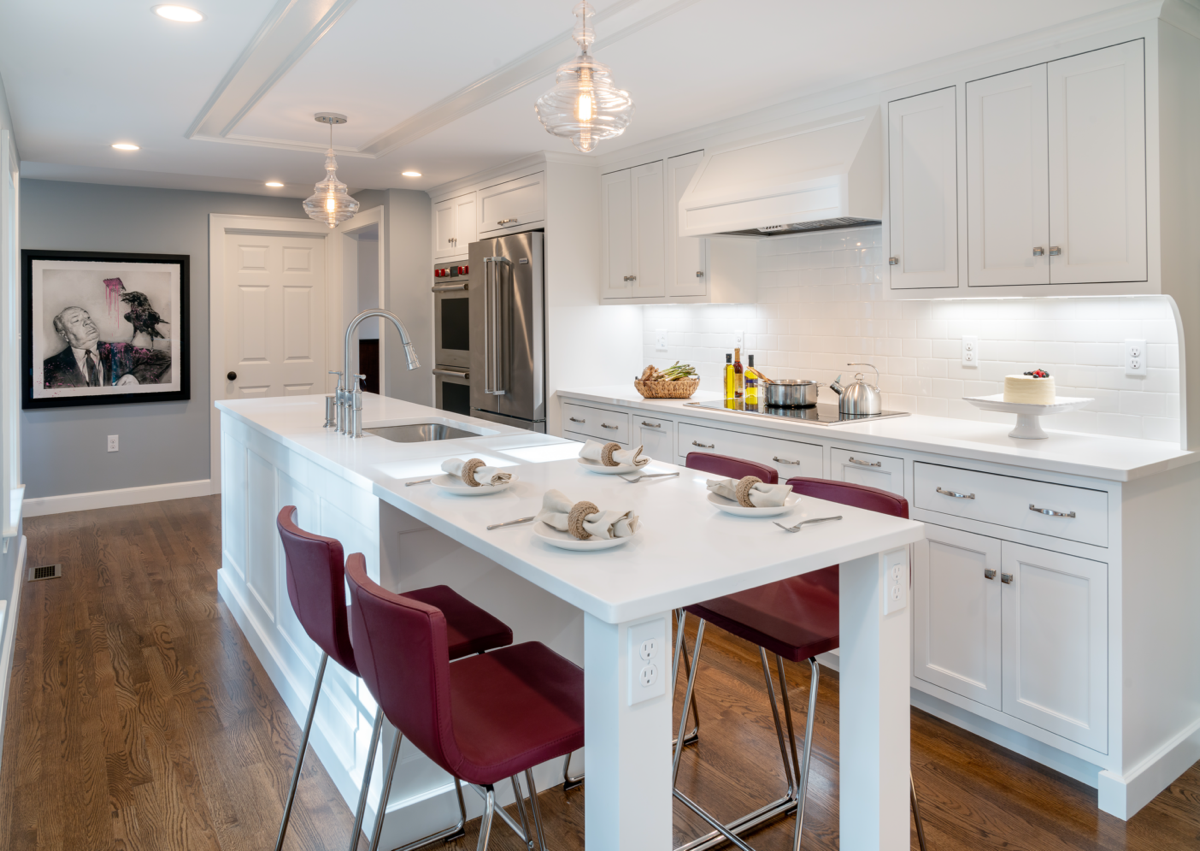
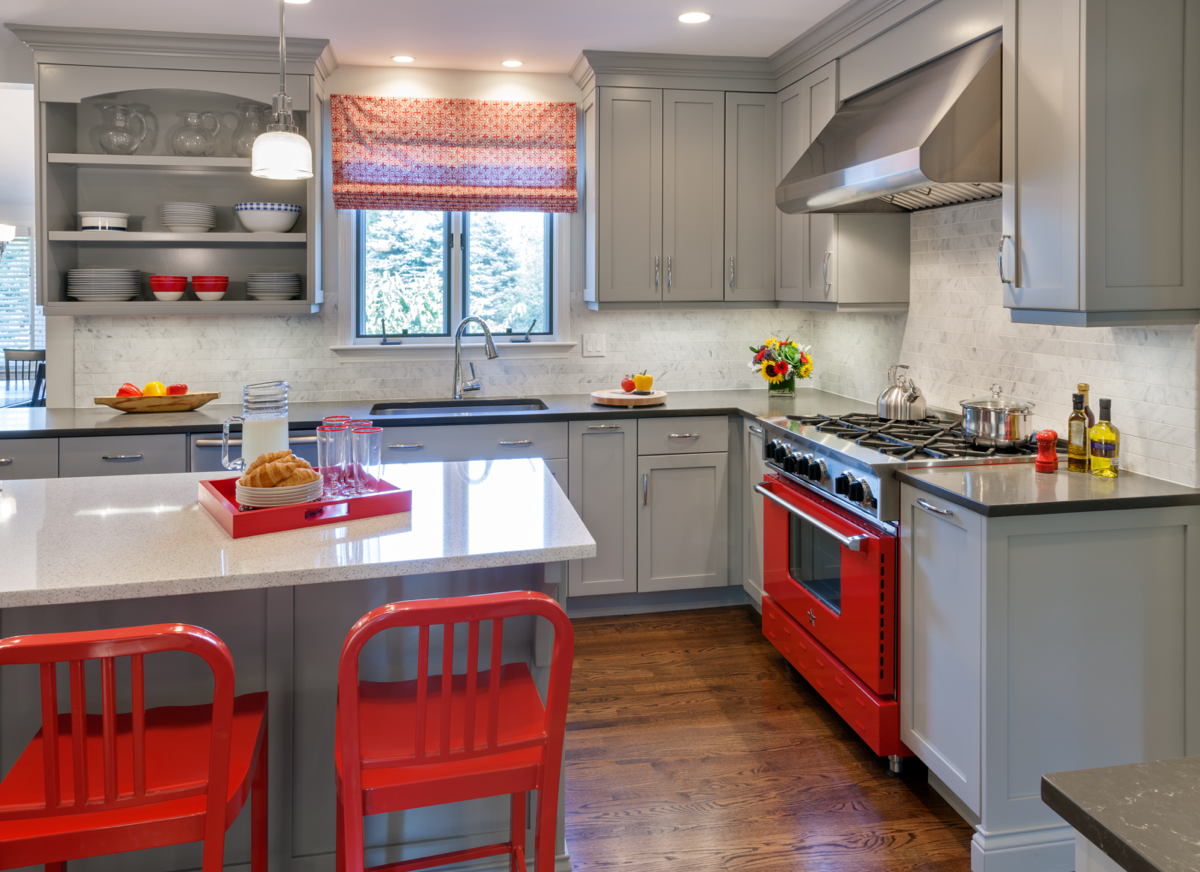
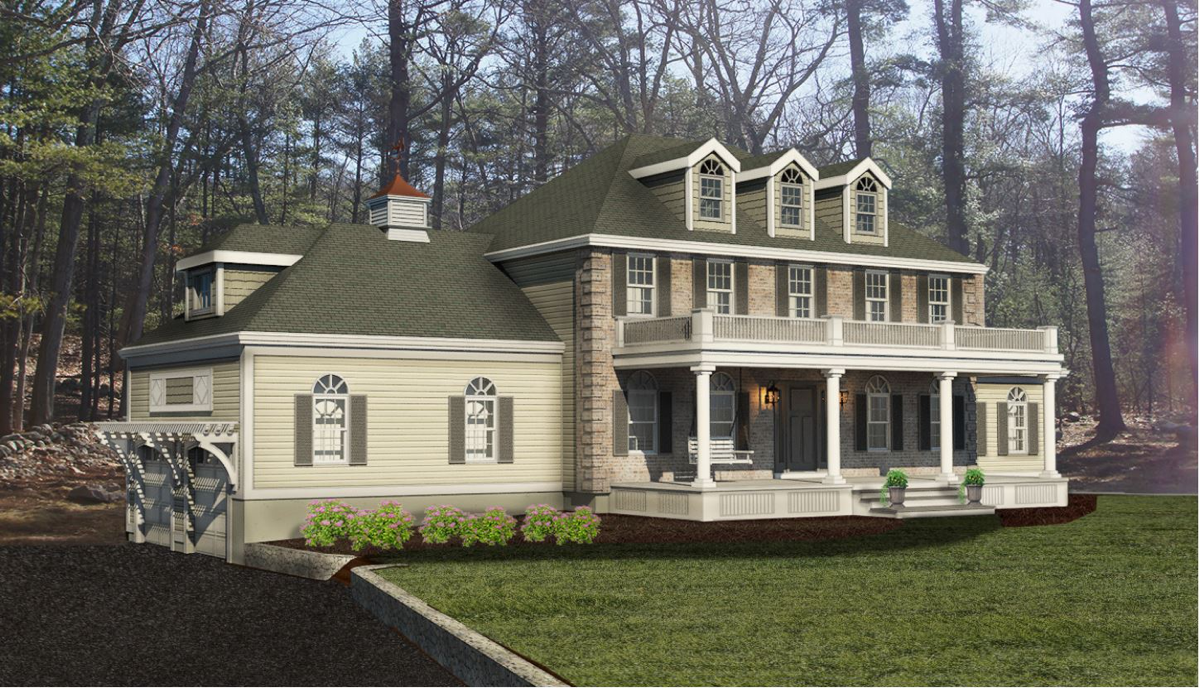

Leave a comment